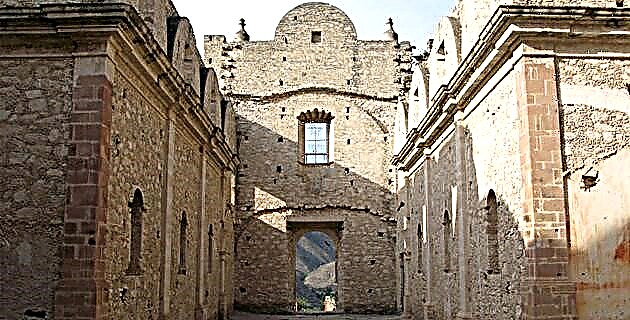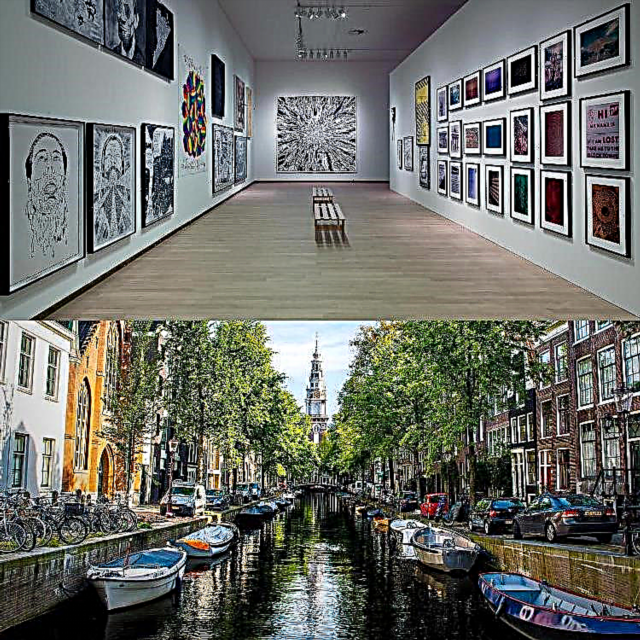Colima Cathedral
Stage and style: It was erected in the last third of the 19th century in a neoclassical style, reflected in the sobriety of its façade.
Main riches:
• Various sculptures.
• A beautiful pulpit.
• The main altar.
Cuernavaca Cathedral
Stage and style: Its erection dates from 1529 and its current appearance is due to the intervention of relevant artists such as Mathias Goeritz and Gabriel Chávez.
It is distinguished by: The combination of the gilding of its altars and the simple and polychrome stained glass windows that give it a very warm atmosphere. Its facade is very austere as it is devoid of ornaments.
Main riches:
• Wall paintings related to the crucifixion of the martyrs of Japan, stand out inside.
Leon Cathedral
Stage and style: The property dates from the 17th century. Inside it shows a plant or scheme in the shape of a Latin cross, and its decoration based on Doric elements and Corinthian altars of great purity speaks of the neoclassical style.
It is distinguished by: By its proportions and the great ornamentation of its compositional elements on the facade.
Main riches:
• Paintings of a certain value made by some of Miguel Cabrera's disciples.
Merida Cathedral
Stage and style: Its façade exhibits a sober Renaissance-type composition in which slender towers stand out.
It is distinguished by: Perhaps it is the oldest in the country. It has two tall and slender towers, topped with curious bulbous-shaped domes.
Main riches:
• One of the most venerated images is that of the Christ of the Blisters, so called because during a fire in the temple of Ichmul, where it was found before, it was saved from being burned in its entirety, only a few blisters appeared.
• Of all the images inside, the Christ of the Holy Burial stands out, due to its fine carving made of ebony with silver inlays.
Toluca Cathedral
Stage and style: She is the youngest in the whole country. Its construction began in 1870 based on a project by the architect Ramón Rodríguez Arangoity, in which the facade of the old San Francisco temple had been preserved on one of its sides. Neoclassical in style, the work was interrupted at the beginning of the 20th century, being resumed in 1922, thanks to the generous donation of resources from the inhabitants.
It is distinguished by: The technique in the management of the interior space produced in this property the feeling of immensity.
Main riches:
• On the two levels of the main portal, the harmony between the paired columns and the sculptures of saints stands out.
• A stately triangular pediment.
• Its two tall bell towers, topped by domes that enhance the vault of the transept at the back of the complex.
Tepic Cathedral
Stage and style: Completed in 1822. Its main altar is neoclassical, built with fine woods.
It is distinguished by: Two slender towers 40 meters high. It is accessed through a beautiful trilobed arch, in whose upper part there are two pointed windows, and at the top there is a sober clock.
Veracruz Cathedral
Stage and style: It began in 1721.
It is distinguished by: The national coat of arms is uniquely appreciated on its façade, since its conclusion coincided with the birth of the Mexican Republic.
Main riches:
• Four sumptuous Baccarat chandeliers.
Tulancingo Cathedral
Stage and style: Remodeled in 1788 by the notable architect José Damián Ortiz de Castro. The neoclassical style was chosen to form both its exterior and interior.
It is distinguished by: Its neoclassical main altar.
Villahermosa Cathedral
Stage and style: Its tall neoclassical towers, decorated with columns of Corinthian capitals and fluted pilasters, can be seen from anywhere in the city.
It is distinguished by: Its cover is very narrow and the body of the ship was small.











